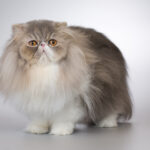As pet parents, we cherish our feline companions and our beautiful blooms equally. It’s natural for our curious cats to explore any new additions to our home, and flowers are no exception. You might have experienced your cat sniffing, pawing, or even nibbling at your latest floral arrangement. This curiosity, while endearing, can sometimes lead to trouble, especially when it comes to the toxicity of certain flowers.
Many popular and beloved flowers can unfortunately pose a risk to our feline friends. Knowing which blooms are harmful and understanding the signs of poisoning is crucial for every cat owner. From mild irritations to severe reactions, the effects of toxic flowers can vary, making awareness and prevention key.
At [Your Website Name – e.g., solcat.net], we understand your concerns about pet safety. That’s why we’ve created this guide to specifically address the question: Are Peonies Poisonous To Cats? We’ll delve into the potential risks peonies pose to cats, discuss symptoms to watch out for, and broaden our scope to cover other common flowers that are toxic to cats. Importantly, we’ll also highlight beautiful, pet-safe flower alternatives so you can enjoy blooms in your home without worry.
Peonies and Cats: Understanding the Potential Risks
Peonies, with their large, fragrant blooms and vibrant colors, are a favorite in gardens and bouquets alike. Their lushness and sweet scent make them irresistible to many, but if you’re a cat owner, you might wonder: are peonies safe for cats?
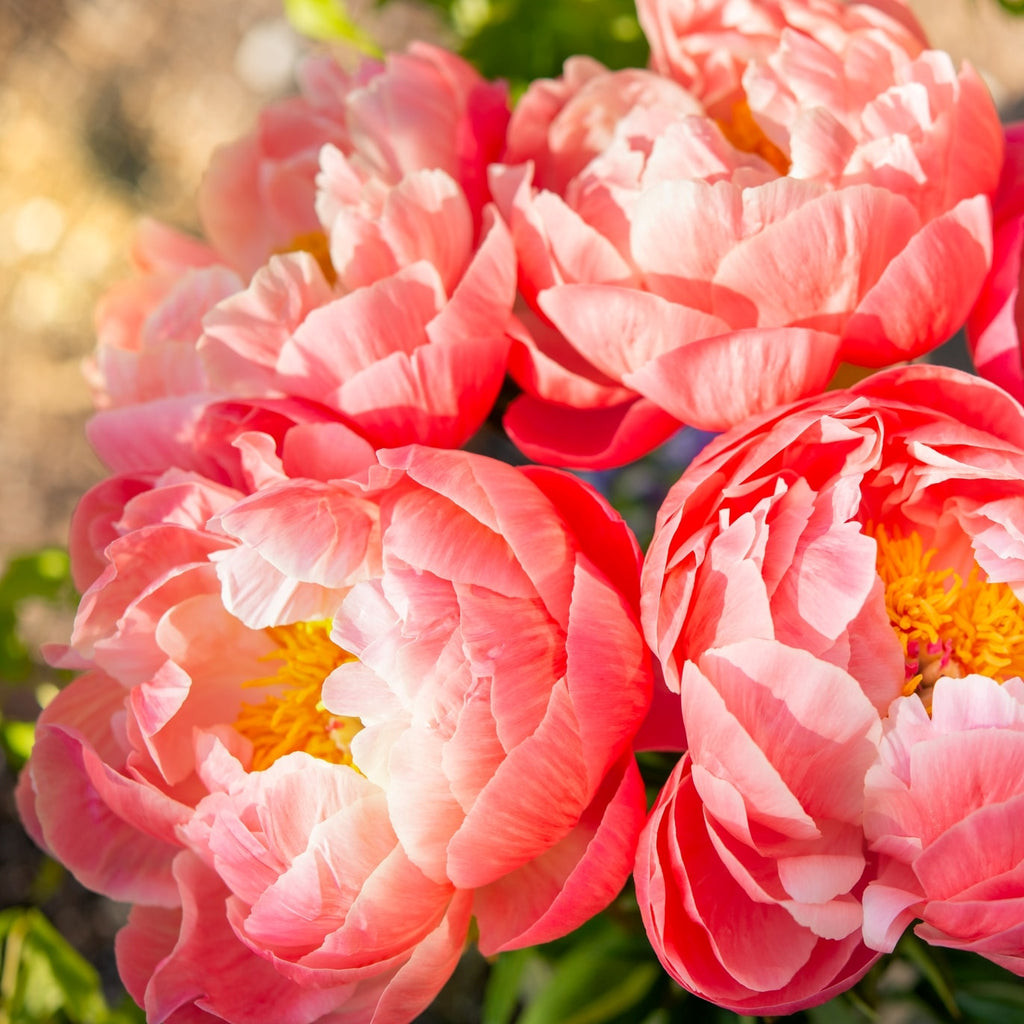 coral peonies
coral peonies
The good news is that peonies are considered mildly toxic to cats, according to the ASPCA (American Society for the Prevention of Cruelty to Animals). This means they are not among the most dangerous flowers, like lilies, but they still contain compounds that can cause adverse reactions in cats if ingested.
What Makes Peonies Potentially Harmful to Cats?
Peonies contain a toxin called paeonol. This substance is found throughout the peony plant, including the petals, leaves, stems, and roots. Paeonol is the primary culprit behind peony poisoning in both cats and dogs.
When a cat ingests part of a peony plant, paeonol can irritate their gastrointestinal system, leading to various symptoms.
Symptoms of Peony Poisoning in Cats
If your cat has nibbled on your peonies, it’s important to monitor them for any signs of poisoning. While peony poisoning is typically mild to moderate, recognizing the symptoms early is crucial. Common signs of peony poisoning in cats include:
- Vomiting: This is a frequent reaction as the cat’s body tries to expel the toxins.
- Diarrhea: Gastrointestinal upset can lead to loose stools.
- Drooling: Increased salivation can occur due to irritation in the mouth and throat.
- Loss of Appetite: Your cat might refuse food due to nausea or discomfort.
- Lethargy or Depression: Your cat may appear tired, weak, or less interested in their surroundings.
In most cases, these symptoms are mild and will resolve on their own within 24-48 hours. However, it’s always best to contact your veterinarian if you suspect your cat has ingested peonies, especially if they are showing more severe symptoms or you are concerned.
Severity of Peony Poisoning in Cats
Compared to highly toxic flowers like lilies, peony poisoning is generally considered less severe. Peonies are unlikely to cause life-threatening conditions in cats. The symptoms are typically limited to gastrointestinal upset.
However, the severity can depend on the amount of peony ingested and the individual cat’s sensitivity. Smaller cats or those with pre-existing health conditions might experience more pronounced symptoms.
Even though peonies are not as dangerous as some other flowers, it’s still wise to take precautions to prevent your cat from eating them. Why risk any discomfort to your beloved pet when you can opt for safer alternatives?
Beyond Peonies: Other Flowers Toxic to Cats
While we’ve addressed the question “are peonies poisonous to cats?”, it’s essential to be aware of other common flowers that pose a greater threat to feline health. Many beautiful blooms can be significantly more toxic than peonies and should be kept far away from cats.
Here are some popular flowers that are highly toxic to cats:
Lilies
 Pink lilies in a white ceramic vase
Pink lilies in a white ceramic vase
Lilies are notorious for their extreme toxicity to cats. All parts of the lily plant are poisonous, including the petals, stems, leaves, pollen, and even the water in the vase. Even a tiny amount of lily ingestion can lead to severe kidney failure in cats, which can be fatal if left untreated. Symptoms of lily poisoning include vomiting, lethargy, loss of appetite, and dehydration.
If you have cats, it’s crucial to completely avoid lilies in your home.
Tulips
 purple tulips in a field
purple tulips in a field
Tulips, another member of the lily family, are also toxic to cats, dogs, and horses. They contain Tulipalin A, which is concentrated in the bulbs but present throughout the plant. Ingestion of tulips can cause gastrointestinal upset, vomiting, diarrhea, drooling, and depression.
Chrysanthemums
 purple and white chrysanthemums
purple and white chrysanthemums
Chrysanthemums contain pyrethrins and other irritants that can be harmful to cats and dogs. Symptoms of chrysanthemum poisoning include vomiting, diarrhea, drooling, skin irritation, and lack of coordination.
Daffodils
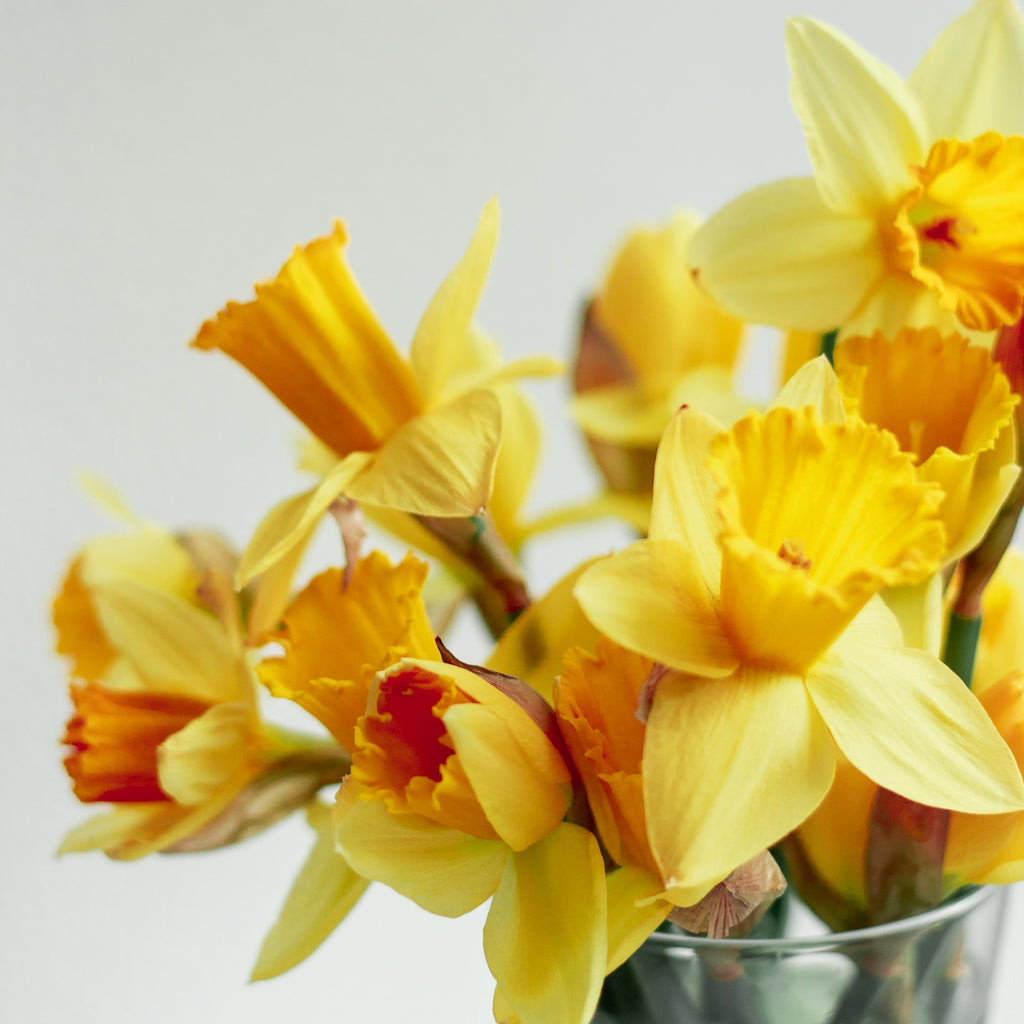 yellow daffodils in a glass vase
yellow daffodils in a glass vase
Daffodils contain lycorine, an alkaloid that is toxic to cats, dogs, and horses. The bulbs are especially poisonous. Ingestion can lead to vomiting, diarrhea, drooling, abdominal pain, tremors, and even cardiac issues and seizures in severe cases.
Other Toxic Flowers
This is not an exhaustive list, but other common flowers that are toxic to cats include:
- Amaryllis
- Poppies
- Hyacinths
- Dahlias
- Wisteria
- Azaleas & Rhododendrons
It’s always best to err on the side of caution and research any flower before bringing it into a home with cats. Resources like the ASPCA’s toxic plant list and the Pet Poison Helpline are invaluable for identifying potentially harmful plants.
Pet-Safe Flower Alternatives
The good news for flower-loving cat owners is that there are many beautiful pet-safe flower options available! You don’t have to sacrifice beauty for your cat’s safety. Choosing cat-friendly flowers allows you to enjoy fresh blooms without the worry of toxicity.
Here are some excellent pet-safe flower alternatives to consider:
Roses
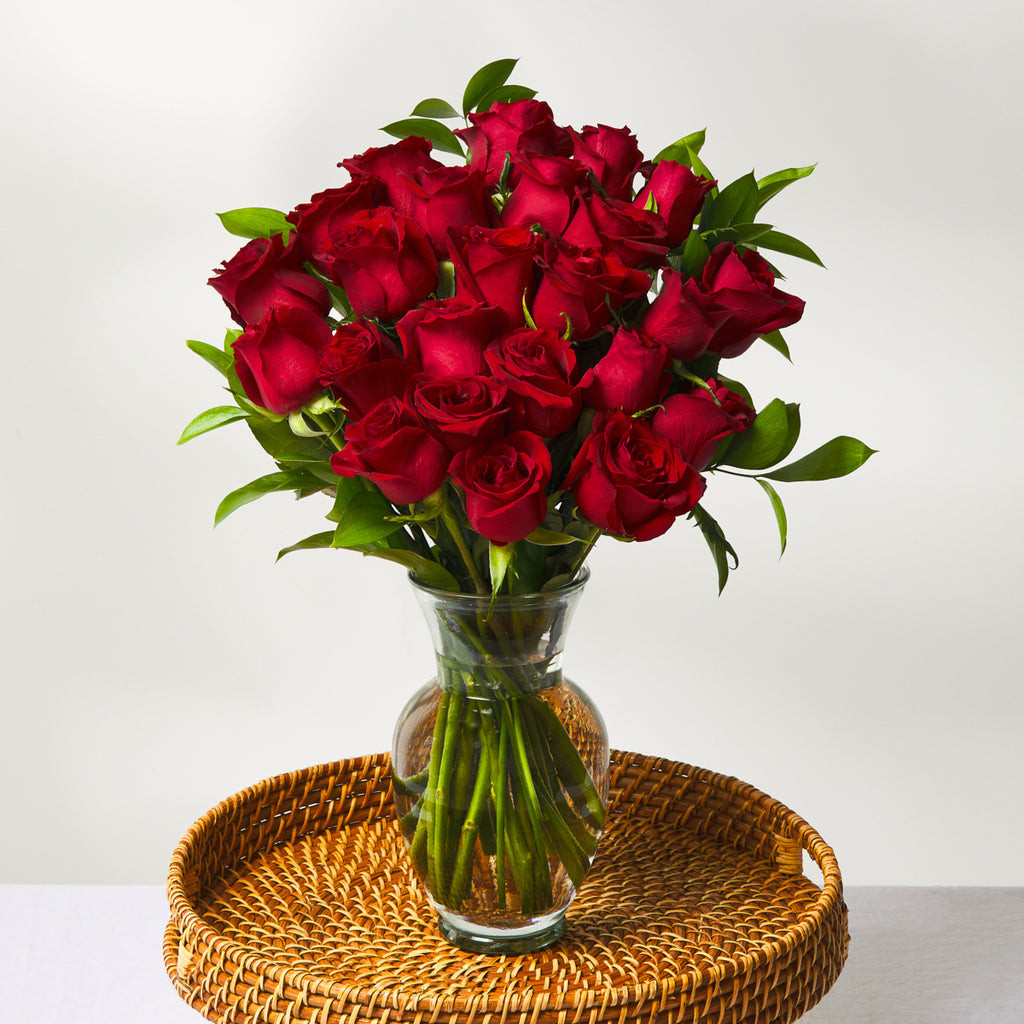 red roses in a glass vase atop a round rattan tray
red roses in a glass vase atop a round rattan tray
Roses, the quintessential flower of love and beauty, are safe for cats and dogs. You can enjoy roses in your home with peace of mind, knowing they won’t harm your feline friend. Just be mindful of thorns!
Sunflowers
 yellow sunflowers in a field with a bee on one of them
yellow sunflowers in a field with a bee on one of them
Sunflowers are another joyful and pet-safe choice. These vibrant blooms bring sunshine into any room and are completely non-toxic to cats and dogs.
Alstroemeria (Peruvian Lilies)
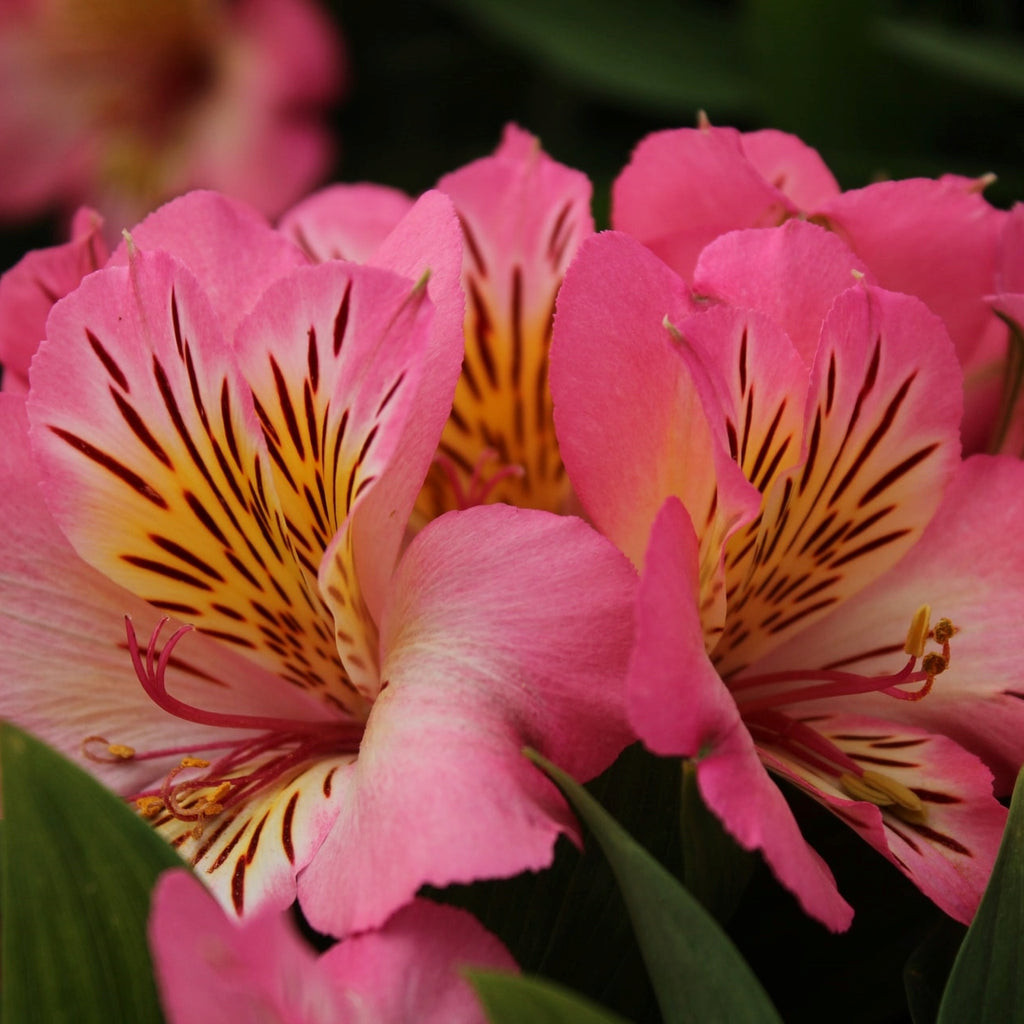 pink alstroemeria
pink alstroemeria
Despite their common name “Peruvian lilies,” alstroemeria are not true lilies and are safe for cats, dogs, and horses. They come in a variety of colors and are a lovely addition to bouquets.
Orchids (Phalaenopsis)
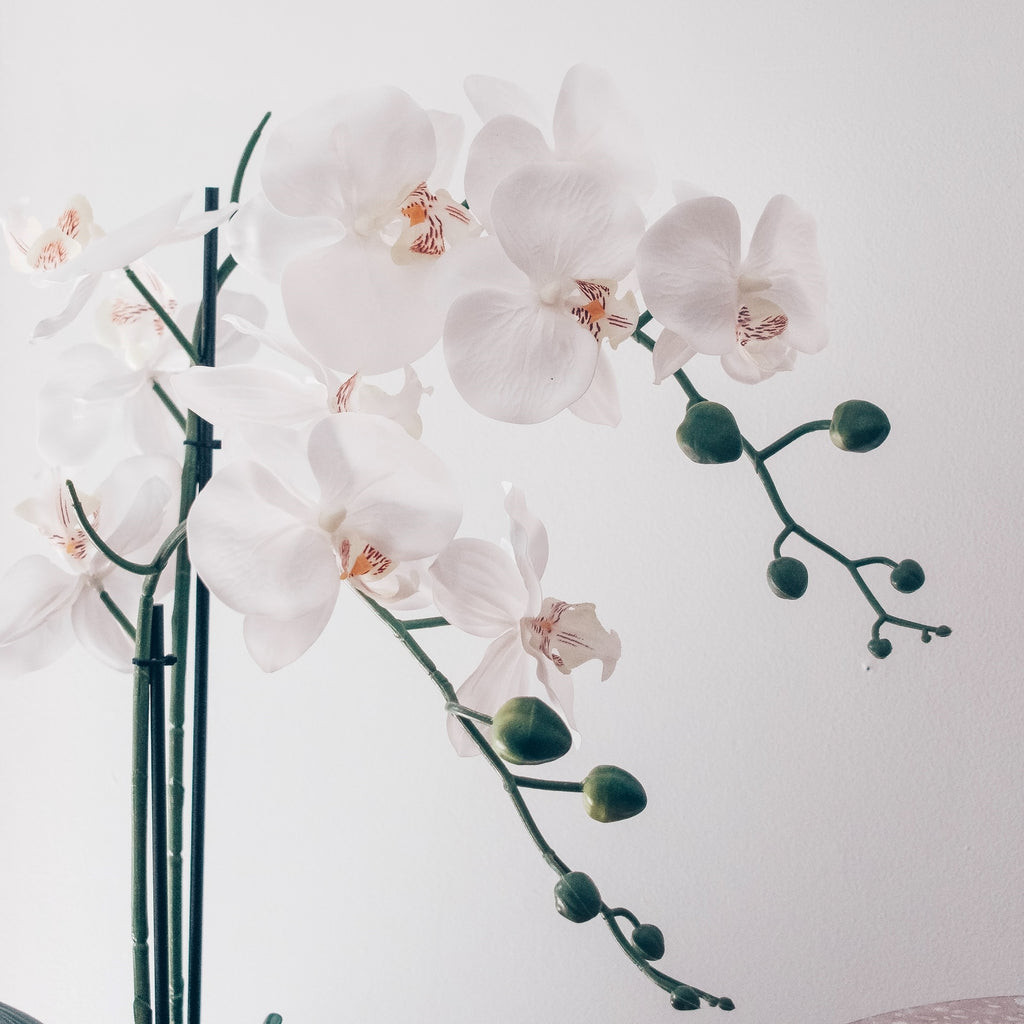 white Phalaenopsis orchid
white Phalaenopsis orchid
Phalaenopsis orchids, also known as moth orchids, are beautiful, long-lasting, and safe for cats. These elegant blooms make wonderful gifts and are a worry-free option for cat owners.
Snapdragons
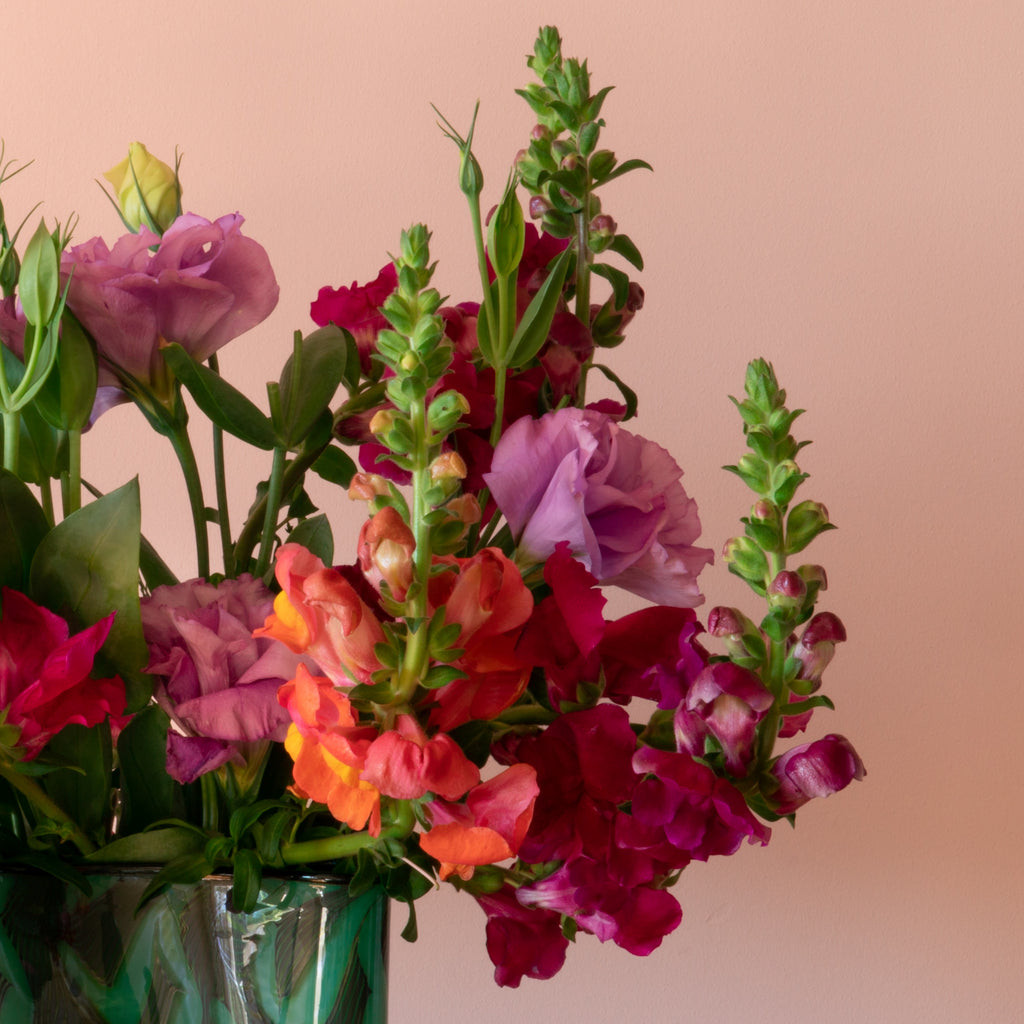 colourful snapdragons in a vase
colourful snapdragons in a vase
Snapdragons, with their unique shape and range of colors, are also non-toxic to cats and dogs. These whimsical blooms add a touch of fun to any bouquet and are safe to have around your feline companions.
Other Pet-Safe Flowers and Plants
Many other flowers and plants are considered safe for pets, including:
- Gerberas
- Freesia
- Stock
- Spider Plants
- African Violets
- Marigolds
Choosing from these pet-friendly flowers allows you to enjoy the beauty of nature indoors without compromising your cat’s health and safety.
Creating a Pet-Friendly Flower Environment
Beyond choosing non-toxic flowers, there are other steps you can take to create a pet-friendly flower environment in your home.
Keep Flowers Out of Reach
The most straightforward way to prevent flower poisoning is to keep all flowers out of your cat’s reach. Place bouquets on high shelves, mantels, or in rooms that your cat cannot access. Hanging planters can also be a great way to display flowers safely.
Choose Pet-Safe Bouquets
When purchasing bouquets, specifically request pet-safe flowers from your florist. Many florists are knowledgeable about pet-friendly options and can create stunning arrangements using only non-toxic blooms. Consider ordering from florists like [Your Website/Florist Recommendation if applicable] who prioritize pet safety.
What to Do If You Suspect Poisoning
Even with precautions, accidents can happen. If you suspect your cat has ingested any part of a toxic flower, including peonies or more dangerous varieties like lilies, contact your veterinarian immediately.
Be prepared to provide your vet with the following information:
- What plant did your cat ingest? If possible, bring a sample of the flower or plant.
- How much might they have ingested? Estimate the quantity if you can.
- When did they ingest it? Note the time of ingestion.
- What symptoms are they showing? Describe any vomiting, diarrhea, lethargy, or other signs.
Prompt veterinary attention is crucial, especially in cases of lily poisoning or ingestion of highly toxic plants.
Conclusion: Enjoy Flowers Responsibly with Cats
So, to answer the initial question: are peonies poisonous to cats? Yes, peonies are mildly toxic to cats and can cause gastrointestinal upset. While peony poisoning is typically not life-threatening, it’s still important to be aware of the risks and take precautions.
More importantly, remember that many other flowers are significantly more toxic to cats than peonies. Prioritize pet-safe flower choices like roses, sunflowers, and orchids to create a beautiful and safe home for your feline companion.
By being informed and choosing cat-friendly flowers, you can enjoy the beauty of blooms and the companionship of your cat without worry. For pet-safe bouquets and floral arrangements, explore options at [Your Website Name or Recommended Florist], and bring beauty into your home responsibly.

